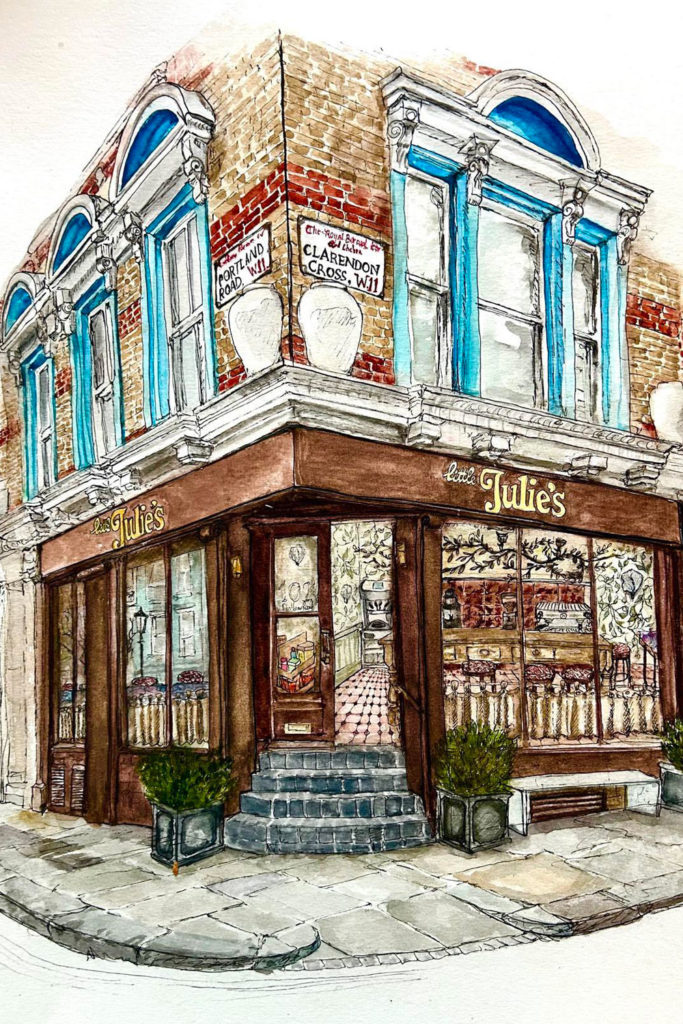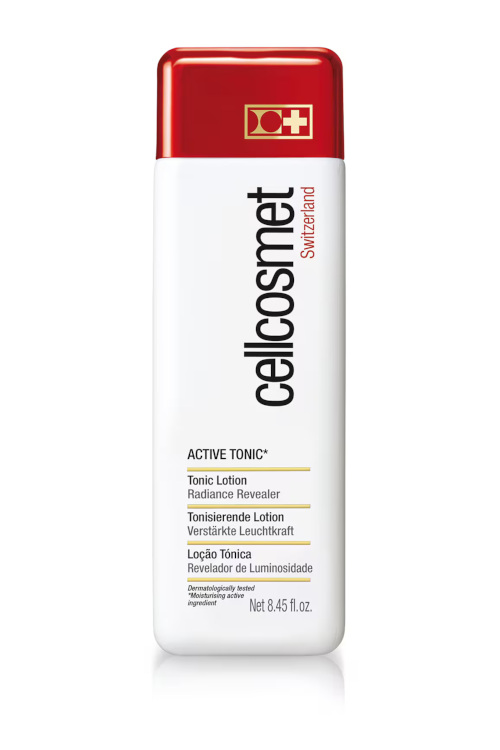
Vegetable Desserts: The Unexpected Trend Taking Over Restaurants
By
1 year ago
Chefs are sneaking veggies onto the pudding menu
Would you eat a mushroom trifle? How about a parsnip pudding? Or a truffle-infused crème brûlée? Don’t knock ‘em till you’ve tried ‘em: some of the hottest chefs in town are adding vegetable desserts to their menus right now.
Here’s Why Veggies Are Popping Up On Dessert Menus
Of course, vegetable desserts aren’t an entirely new trend. Carrot cake is one of the most classic bakes out there, thought to date all the way back to the Middle Ages, and a few years ago sweet potato brownies went viral on Instagram. Savoury ice cream, meanwhile, has been on the rise for a few years now – spearheaded by Anya Hindmarch’s cult summer pop-up.
But recently, a spate of chefs have begun experimenting with vegetables in new ways to give traditional puddings a fun, surprising twist. Why? Because root vegetables (such as beetroots and carrots) and botanical fruits (like courgettes) develop a sweetness during the baking process, while also adding moisture and important nutrients.
Claro, a recently opened Mediterranean restaurant in St James’s Market, has gone big on veggie puddings in its opening menu. There’s a tomato and cheese pre-dessert; a parsnip-infused carrot cake topped with spiced caramel sauce; and a fig and olive oil dish, which features yoghurt ice cream, olive oil cake and candied oregano.
Elsewhere in London, Trivet – a fine dining restaurant in Southwark – is serving a baked potato millefeuille, while Oliveira Kitchen in Shoreditch dishes up a black truffle crème brûlée with porcini ice cream. Chefs outside of the capital are getting involved too: JORO Restaurant in Sheffield is offering a pudding featuring Jerusalem artichoke and chocolate, while The Barn at Moor Hall has a squash custard tart on its autumn menu. So what’s behind the surge?
Ultimately, the trend stems from chefs searching for new ways to champion seasonal vegetables. ‘We believe in using ingredients at their prime,’ says Ofri Rahav, Claro’s pastry chef. ‘The freshness of the main produce component is essential. We aim to showcase the natural essence of each ingredient on the plate. Each vegetable or fruit is given its rightful “stage,” allowing its unique flavours and characteristics to shine and complement the dessert.’
She adds: ‘For example, in the tomato and cheese dessert, every component highlights the tomato’s essence. I transform tomatoes into a refreshing sorbet that showcases their natural flavor. The sorbet is paired with rich goat’s cheese for a creamy contrast. I also create a black pepper cherry tomato marmalade that adds a sweet and slightly spicy touch. Finally, I include crispy cantuccini for a satisfying crunch. Each element uniquely showcases the tomato, making the dessert approachable yet exciting for our guests.’

Moor Hall
It’s also about surprising guests’ palettes. Luke French, co-owner and chef at JÖRO, says: ‘Jerusalem artichokes are in peak season right now, and they pair surprisingly well with chocolate. We love this unique combination – it’s something different from what guests are used to. Many may find the idea a bit challenging at first, but once they try it, they see how well a vegetable can complement the sweetness of a dish. Jerusalem artichokes add a fantastic texture too, balancing the richness of the chocolate with an earthy contrast.’
Rahav points out that vegetable desserts can also provide a refreshing break from overly sweet puddings, which can feel overwhelming after a big meal. ‘I keep our desserts light and refreshing,’ she notes. ‘I aim for each dessert to complement the meal without weighing it down, ensuring they enhance the overall dining experience rather than detract from it.’
Tempted? Head down to Claro or Joro to give the desserts mentioned a try, or have a go at making your own with this beetroot and tahini brownie recipe.






















